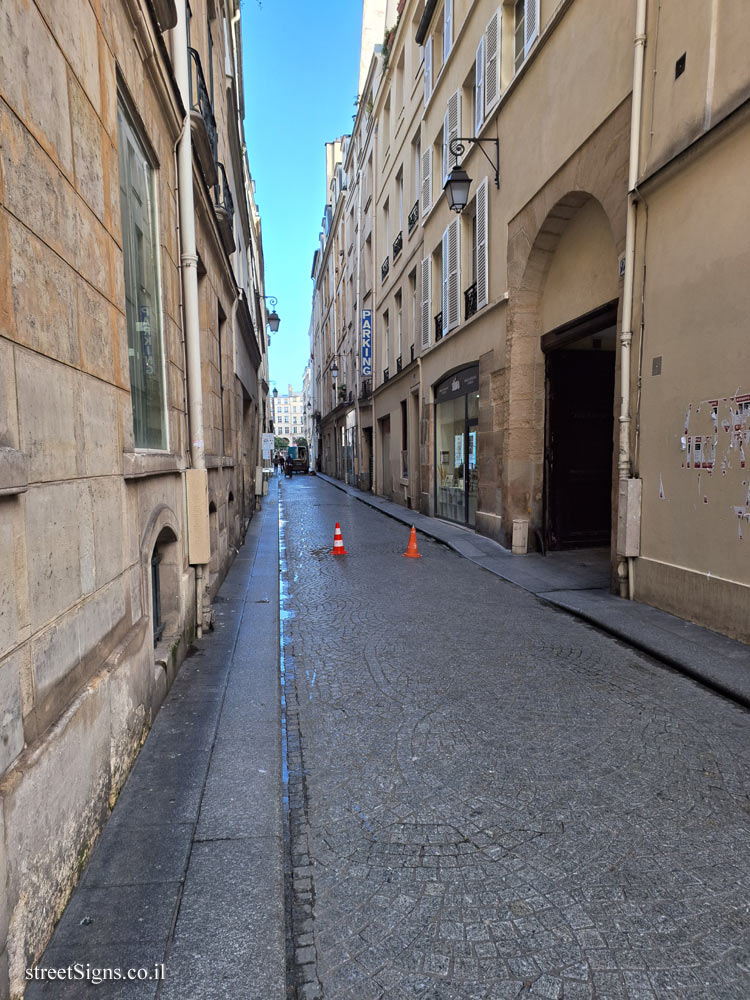
The ultimate street signs, historical sites and house numbers
 Click for a larger image
Click for a larger image  Click for a larger image
Click for a larger image  Click for a larger image
Click for a larger image  Click for all signs belonging to The History of Paris (Starck's Lollipops)
Click for all signs belonging to The History of Paris (Starck's Lollipops)
 134 Meter |
134 Meter |  195 Meter |
195 Meter |  241 Meter |
241 Meter |  297 Meter |
297 Meter |  347 Meter
347 Meter